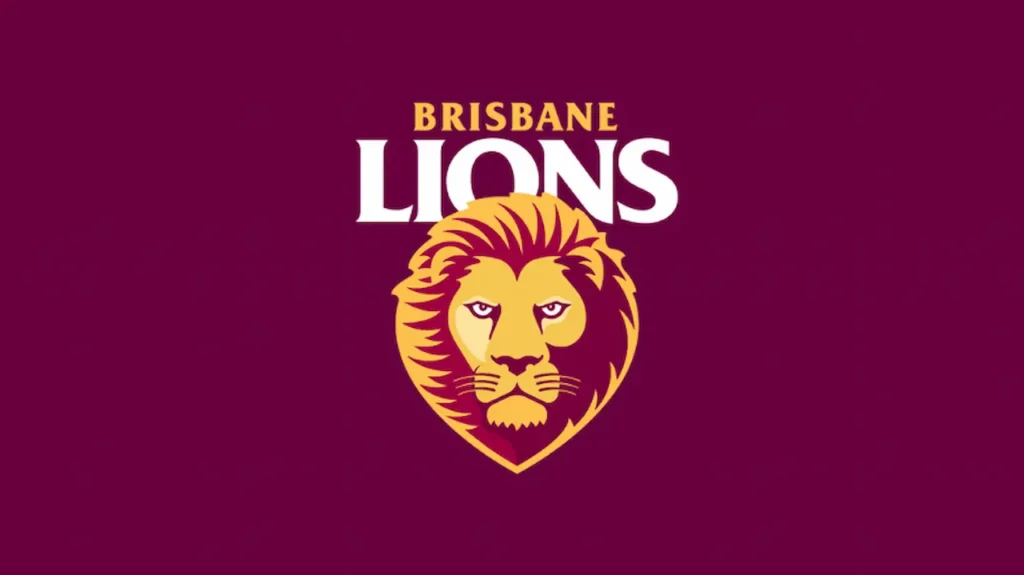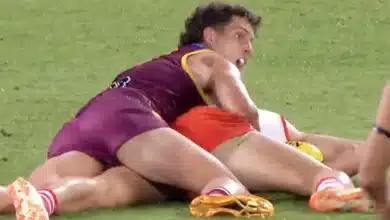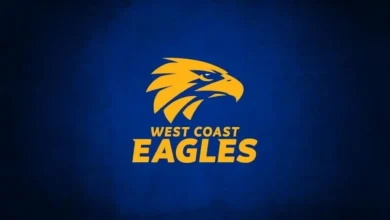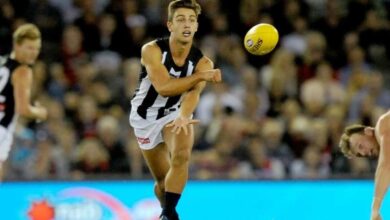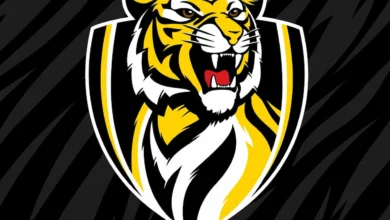The History of Brisbane Lions Football Club
The History of Brisbane Lions Football Club
The Brisbane Lions are a professional Australian rules football club that competes in the Australian Football League (AFL). The club was formed through a merger of the Fitzroy Football Club, which was struggling financially, and the Brisbane Bears, an expansion club that entered the AFL in 1987. The merger took place in 1996, and the new team was named the Brisbane Lions.
In their early years, the Brisbane Lions struggled on the field, but they steadily improved under coach Leigh Matthews. The team adopted the slogan “Fitzroy in the Heart, Bears in the Soul” to acknowledge the history of both merged clubs.
Brisbane Cricket Ground (Gabba)
The Brisbane Lions, an Australian rules football team in the AFL (Australian Football League), play their home games at the Gabba (short for Brisbane Cricket Ground). It’s a well-known venue not only for AFL but also for cricket and various other events.
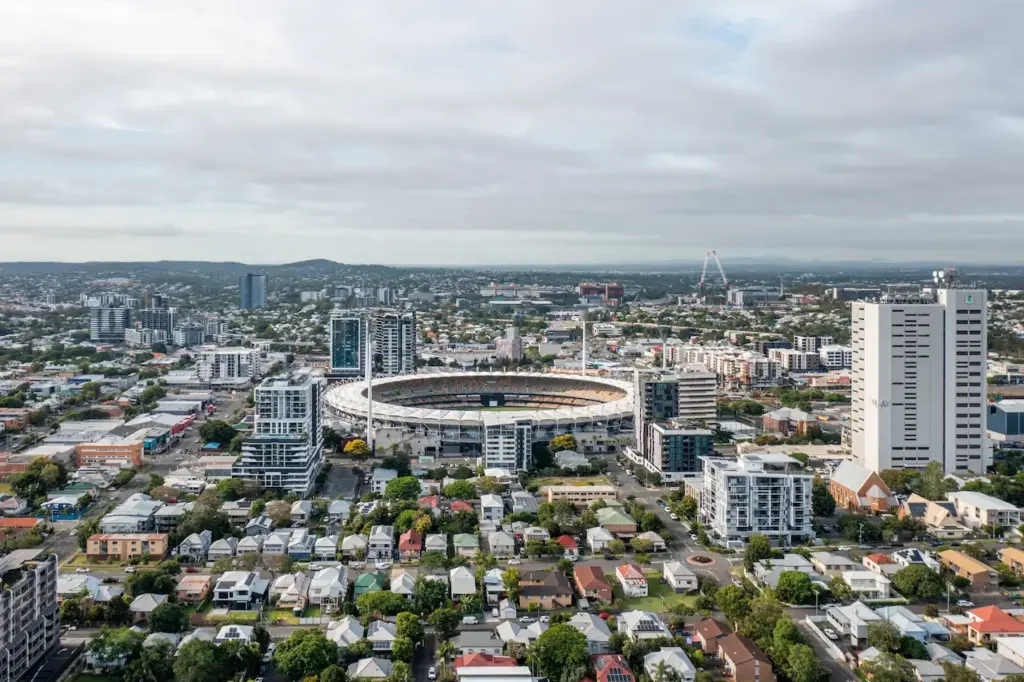
The Gabba is located in Woolloongabba, a suburb of Brisbane. It has undergone a major redevelopment over the past decade. The track, Moreton Bay trees, and grassy banks have all been replaced by modern concrete stands. This may have taken away some of the charm but has resulted in a ground that offers excellent facilities to players and the public. The most memorable moment on the ground comes from the past. One of the most famous cricketing images is the image of the deciding “run-out” in the 1960-61 tied Test between Australia and West Indies. Shane Warne has made it his favourite place to play in recent years, as the bounce of the excellent wickets helps him with his leg spin. Early in 2006, a record audience of 38.894 people watched the first Twenty20 International. Six days later, Australia and South Africa played a full-length ODI.
- Established: 1895
- Capacity: 37, 000
- Playing area: 170.6 m in length, 149.9 wide
Triple Premiership Success: 2001-2003
The club’s first AFL title was won in 2001 by the Brisbane Lions. They defeated Essendon 15,18 (108) to 12,10 (82). Lions utility player Shaun Hart received the Norm Smith Medal for the best on-field performance in the Grand Final. The club brought the cup the day after it won the flag to the Brunswick Street Oval, home of the Fitzroy Football Club. Honouring the history and legacy of the club, was a great way to connect with Melbourne Lions fans who had supported Fitzroy in the past, as well as Fitzroy supporters who were not currently supporting the Brisbane Lions. The premiership trophy then made its first historic trip to Brisbane, traditionally a rugby union-focused city.
The Brownlow Medal was awarded to Jason Akermanis, a midfielder for the Brisbane Lions (and former Bears) in the same year.
In 2002 the Lions again won back-to-back premierships by defeating Collingwood in the AFL Grand Final at the Melbourne Cricket Ground in cold, wet and icy conditions. The Lions suffered injuries to both utility player Martin Pike and ruckman Beau McDonald early in the game. Martin Pike had already played nine possessions during the first quarter. The Lions, despite not scoring in the first period, defeated a determined Collingwood in the closest Grand Final in 15 years. The controversy surrounding the awarding of the Norm-Smith medal to Collingwood’s captain Nathan Buckley for the best player of the grand final was intense. The voting panel made its decision 20 minutes before match time. The Lions captain Michael Voss led his team to victory in the final quarter. Many speculated that if voting had taken place after the final siren then Voss would have won. Voting procedures were changed for future grand finals.

In 2002, Brisbane Lions’ midfielder Simon Black was awarded the Brownlow Medal as the best and fairest player for the 2002 season. The Brisbane Lions were the first team in VFL/AFL to ever have three Brownlow Medalists on its roster. These three players are 1996 winner Michael Voss and 2001 winner Jason Akermanis, as well as 2002 winner Simon Black.
Michael Bowers, a former Brisbane lawyer, was appointed chief executive in 2002 as part of an effort to improve the club’s finances.
The Lions were underdogs in this game because of several players’ injuries and the fact that they had lost to Collingwood three weeks earlier at the Melbourne Cricket Ground, in a final qualifying round. They sealed their legacy as an AFL dynasty when they thrashed the Magpies under cool, sunny conditions. The Lions were leading by 80 points at one point in the fourth quarter before Collingwood scored the last four goals. With a final score of 20,14 (134), Collingwood became the only club in VFL/AFL to win three successive premierships. This was also the first time since the AFL’s creation that the club has won three consecutive titles. Simon Black won the Norm Smith Medal for a dominating 39-possession match. This was the most possessions a player has ever accumulated in a Grand Final.
Brisbane remained at the top of the ladder throughout the 2004 season. In round 22, the team set a record as the most experienced VFL/AFL team ever. The 22-man Brisbane Lions team had played a total of 3,740 senior games and scored 3,399 goals in senior careers. Four of the 22 players hadn’t played more than 100 AFL matches; Jonathan Brown, Robert Copeland, Dylan McLaren and Richard Hadley.
The AFL and Melbourne Cricket Ground had a contract that guaranteed one preliminary final to be played at the MCG each year. Port Adelaide finished at the top of the ladder and hosted the second preliminary final. Brisbane still beat Geelong to reach the AFL Grand Final in its fourth consecutive year. Port Adelaide, who were playing in their very first grand final, won by 40 points.
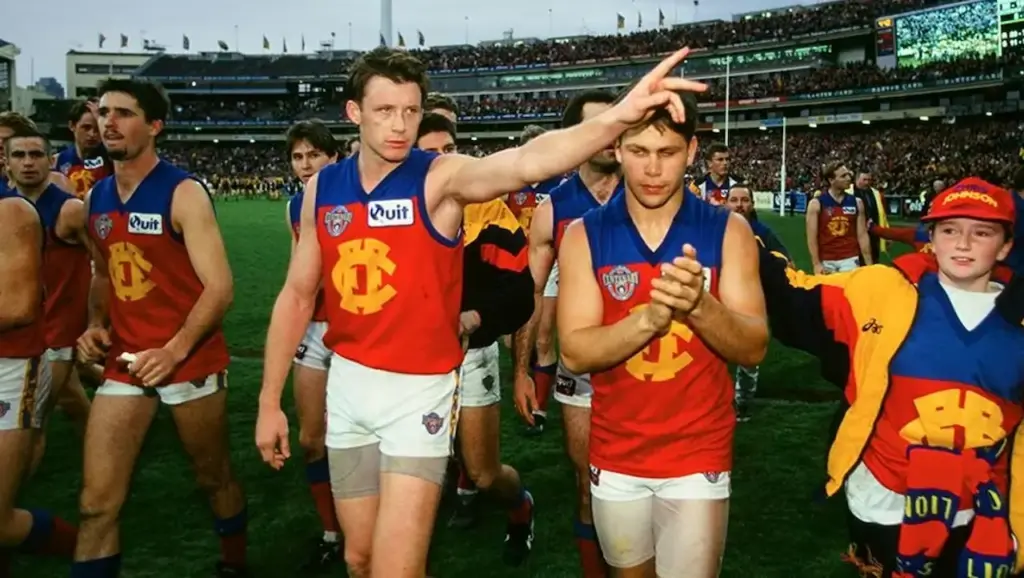
Finals Appearances:
- The Brisbane Lions have played in a total of 14 AFL finals series.
- These finals series include qualifying finals, semi-finals, preliminary finals, and grand finals.
- The club’s appearances in finals have contributed to its rich history and reputation as a competitive force in the AFL.
Here are the 14 AFL finals series in which the Brisbane Lions have participated:
- 1996 AFL Finals Series
- 1997 AFL Finals Series
- 1998 AFL Finals Series
- 1999 AFL Finals Series
- 2000 AFL Finals Series
- 2001 AFL Finals Series
- 2002 AFL Finals Series
- 2003 AFL Finals Series
- 2004 AFL Finals Series
- 2009 AFL Finals Series
- 2019 AFL Finals Series
- 2020 AFL Finals Series
- 2021 AFL Finals Series
- 2022 AFL Finals Series
These final appearances have contributed to the club’s legacy and demonstrate its consistency and competitiveness in the AFL.
Conclusion
The history of the Brisbane Lions exemplifies resilience, evolution and collaboration in Australian Rules Football. The Lions, which began as the Brisbane Bears and merged with the Fitzroy Football Club in the early 1990s, have overcome challenges and achieved success while embracing the rich history and passionate fanbases of two proud clubs. The Brisbane Lions continue to write new pages in their long-standing journey as they represent unity, sporting excellence and the power of collective determination within the AFL landscape.

